Exploring the Potential and Limitations of AI in Video Production
The world of video production is buzzing with the potential of Artificial Intelligence. While robots may not be physically wielding cameras just yet, AI tools are rapidly evolving, promising to transform the industry in both exciting and thought-provoking ways. This article dives into the potential of AI in video production, exploring its potential benefits, limitations, and the impact it might have on the industry.
The Power of Assistance: Where AI Can Be Your Video Editing Partner
Imagine you’re a filmmaker putting together a video. You’ve filmed some incredible footage, but now comes the time-consuming work of editing it all together. This is where AI steps in, offering a helping hand to streamline the process and free you up to focus on the creative aspects that make your video truly shine.
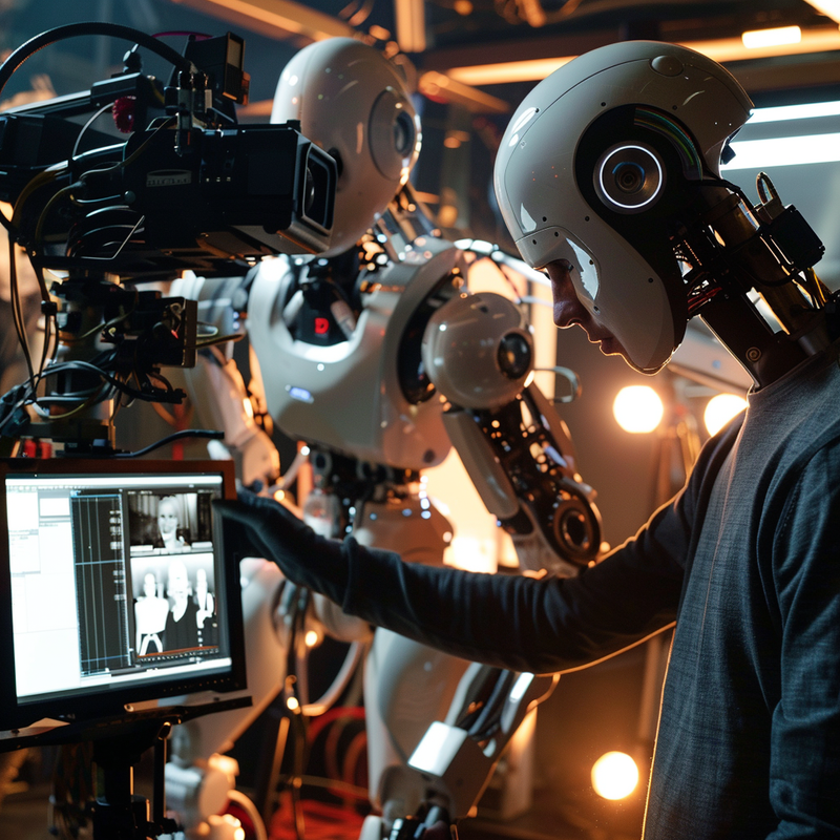
AI as Your Editing Assistant:
- Finding the Perfect Cuts: Remember those endless hours spent poring over footage, trimming out unnecessary pauses or awkward silences? AI tools can analyze your footage and suggest edits based on pre-defined parameters you set, like removing pauses exceeding a certain length. This saves you precious time and ensures a smooth flow for your viewers.
- Learning Your Preferences: Imagine an editing assistant who remembers your style. Some AI tools can learn your editing preferences over time, suggesting edits that align with your vision. This can be particularly helpful when working on multiple projects or creating content with a consistent style.
- Streamlining Complex Sequences: Putting together a montage or a fast-paced action sequence can be a tedious task. AI tools can analyze footage and suggest cuts or transitions that create a dynamic and engaging sequence, saving you time and effort in the editing room.

Color Correction Made Easy:
Color grading is an essential part of video production, but it can also be a complex and time-consuming process. AI can be your color correction wizard, helping you achieve stunning visuals:
- Personalized Palette Suggestions: AI tools can analyze your footage and suggest color grading solutions that match the mood and style of your video. Think of it like having a virtual colorist who can recommend specific color palettes based on the content you’ve created.
- Consistent Look and Feel: Maintaining a consistent color palette throughout your video is crucial for a professional look. AI can help ensure consistency across different scenes, saving you time from manually adjusting color settings for each clip.
Say Goodbye to Manual Transcription:
Transcribing interviews or voiceovers can be a tedious and error-prone task. AI can take this burden off your shoulders:
- Accurate Text Transcriptions: AI algorithms can transcribe audio into text with impressive accuracy, eliminating the need for manual transcription. This saves you countless hours and ensures you capture everything that was said in your video.
- Focus on the Interview: Not the Transcription: When interviewing someone, focusing on capturing their story is key. With AI handling the transcription, you can fully engage with your interviewee and worry less about taking detailed notes.
These are just a few examples of how AI can assist filmmakers in the editing process. As AI technology continues to evolve, we can expect even more innovative ways for these tools to empower creators and streamline video production workflows.
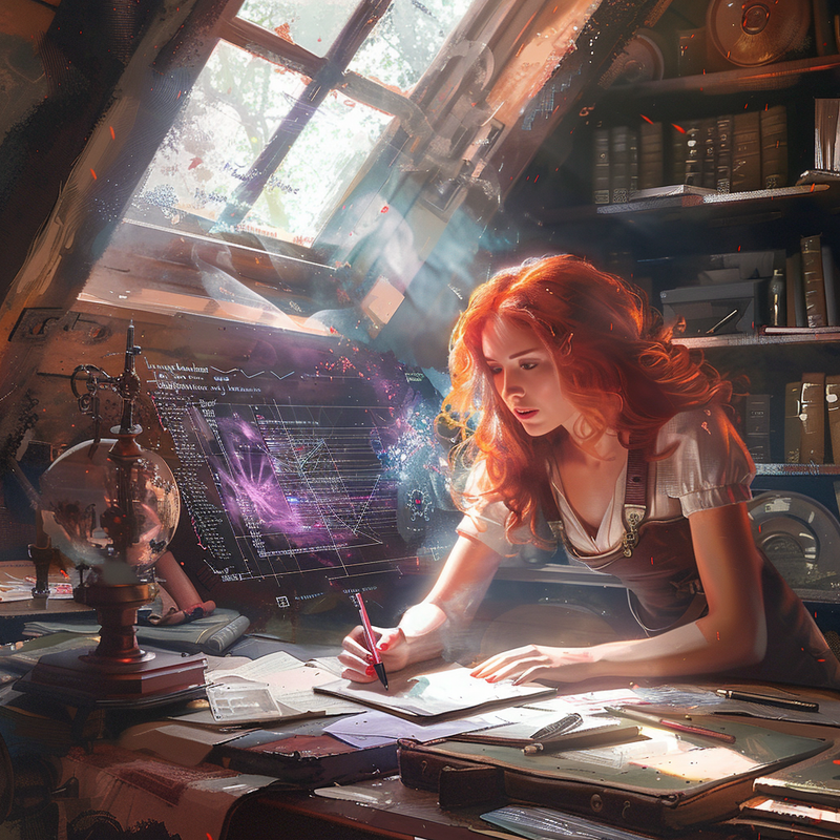
AI: Your Creative Partner Beyond the Mundane
- Story Brainstorming: Feeling stuck on a story idea? AI can analyze existing stories in your genre and suggest alternative plot twists, character arcs, or even potential conflicts, sparking new inspiration.
- Character Development Assistant: Need help fleshing out your characters? AI can analyze existing character profiles and suggest backstories, personality traits, or dialogue options that add depth and complexity to your characters.
- Dialogue Polishing Partner: Struggling to find the right words? AI can analyze your existing dialogue and suggest alternative phrasings, synonyms, or even humorous elements to enhance the flow and impact of your script.
- Sound Design Suggestions: Stuck in a sonic rut? AI can analyze the mood and themes of your video and suggest sound effects or background music that complements the visuals and enhances the emotional impact of your story.
- Camera Angle Inspiration: Feeling uninspired by your shot list? AI can analyze your script and suggest camera angles, shot sizes, or even framing techniques that can visually translate your story and evoke specific emotions.
- Virtual Location Scouting: Can’t afford to scout locations in person? AI can analyze your script and search for real-world locations that match the descriptions, saving you time and resources.
- Storyboard Creation Assistant: Sketching storyboards can be time-consuming. AI can analyze your script and generate basic storyboard layouts, providing a visual roadmap for your video and saving you time to focus on refining the details.
- Caption and Subtitle Generation: Need subtitles in multiple languages? AI can transcribe your audio and generate accurate captions or subtitles in various languages, making your video accessible to a wider audience.
- Archival Footage Search Assistant: Looking for historical footage to add depth to your documentary? AI can search vast archives based on your keywords or themes, helping you find the perfect clips to add context and authenticity to your project.
- Personalized Music Composition: Want a unique score for your video? AI can analyze your script and compose original music that aligns with the mood, genre, and overall style of your project.
By using AI as your creative collaborator, you can explore new ideas, unlock creative possibilities, and streamline your workflow, allowing you to focus on your passion – storytelling. Remember, AI is not meant to replace your creativity; it’s here to empower you to tell your story in new and exciting ways.
Navigating the Concerns: A Balanced Approach to AI in Video Production
The potential of AI in video production is undeniable, but it’s natural to have concerns. One major concern is the possibility of job displacement, especially for editors, colorists, and transcriptionists, as AI tools become adept at handling repetitive tasks. However, it’s important to remember that AI isn’t here to take over video production entirely.
The Human Touch: Irreplaceable and Evolving
The unique human skills of storytelling, emotional connection, and artistic vision are what truly bring a video to life. These abilities are irreplaceable by AI, and experienced filmmakers will still be highly sought-after for their expertise in:
- Directing: Guiding the actors, setting the tone, and making crucial decisions on set.
- Storytelling: Crafting compelling narratives that resonate with audiences.
- Creative Decision-Making: Choosing the right shots, editing techniques, and overall artistic direction.
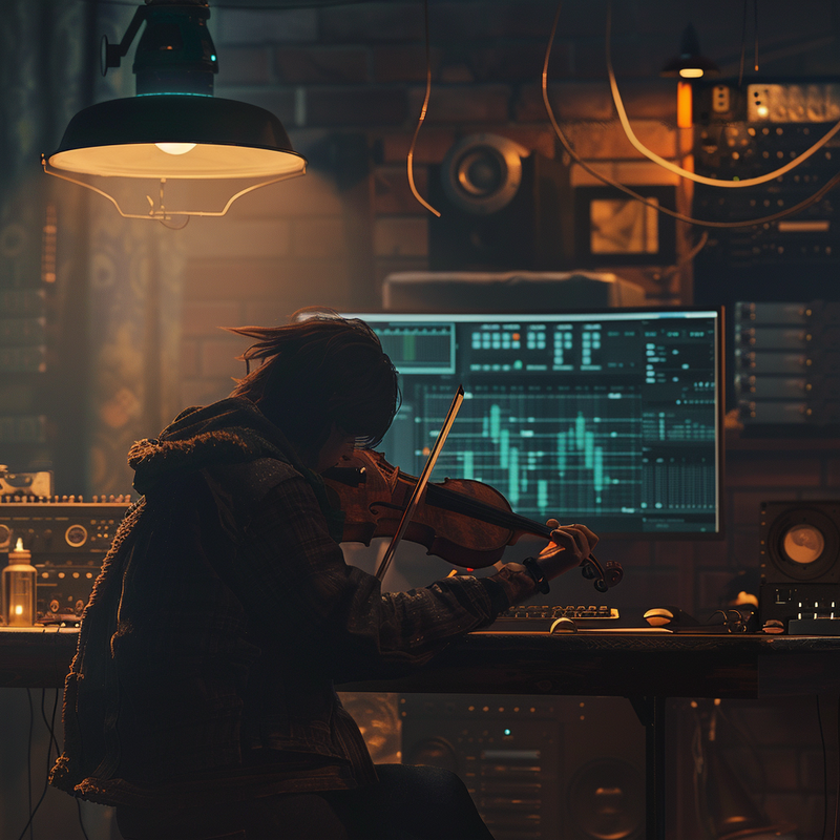
Upskilling for a New Landscape
As AI becomes more integrated into video production, the industry might require a shift in the skillset of filmmakers. This is not a negative change, but rather an opportunity to evolve and adapt. Embracing new skills like:
- Understanding AI tools: Knowing how to use AI effectively for editing, color correction, or other tasks can streamline your workflow and free up time for creativity.
- Data Literacy: Being able to interpret and utilize data to inform creative decisions can lead to more targeted content and engagement.
- Collaboration with AI: Learning to work effectively alongside AI tools, treating them as partners in the creative process, can unlock new storytelling possibilities.
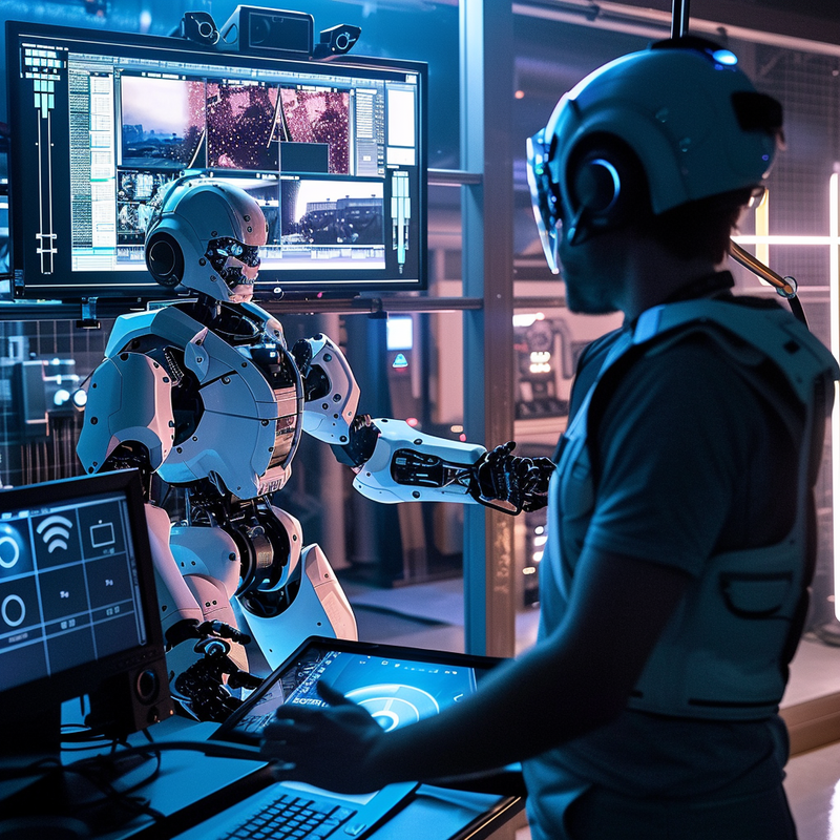
Beyond Job Displacement: New Opportunities
Instead of solely focusing on potential job losses, consider the new opportunities AI might create:
- Increased Accessibility: AI-powered tools can help smaller production houses or individual creators access professional-looking results without needing large budgets.
- Faster Content Creation: By automating repetitive tasks, AI can enable quicker turnaround times for video projects, allowing creators to meet tight deadlines or produce content more frequently.
- Exploration of New Techniques: AI can open doors to new creative avenues, like AI-generated visuals or interactive storytelling experiences, allowing filmmakers to push the boundaries of the medium.
It’s crucial to approach AI in a balanced way, acknowledging both its potential benefits and limitations. By staying informed, engaging in open discussions, and actively participating in shaping the future of this technology, filmmakers can ensure that AI becomes a valuable tool to enhance creativity and storytelling, not a barrier to human involvement in video production.
Ethical Considerations: Ownership and Bias
As AI tools become more sophisticated and capable of creating original content, questions about ownership and potential biases emerge.
- Who Owns the Content?: Determining the ownership of content created using AI tools, especially in collaboration with filmmakers, needs clear guidelines to ensure fairness and transparency.
- Avoiding Unintended Bias: Given that AI algorithms are trained on existing data, there’s a risk of perpetuating biases present in that data. It’s crucial for developers and users of AI tools to be mindful of potential biases and actively work towards creating ethical and unbiased AI solutions.
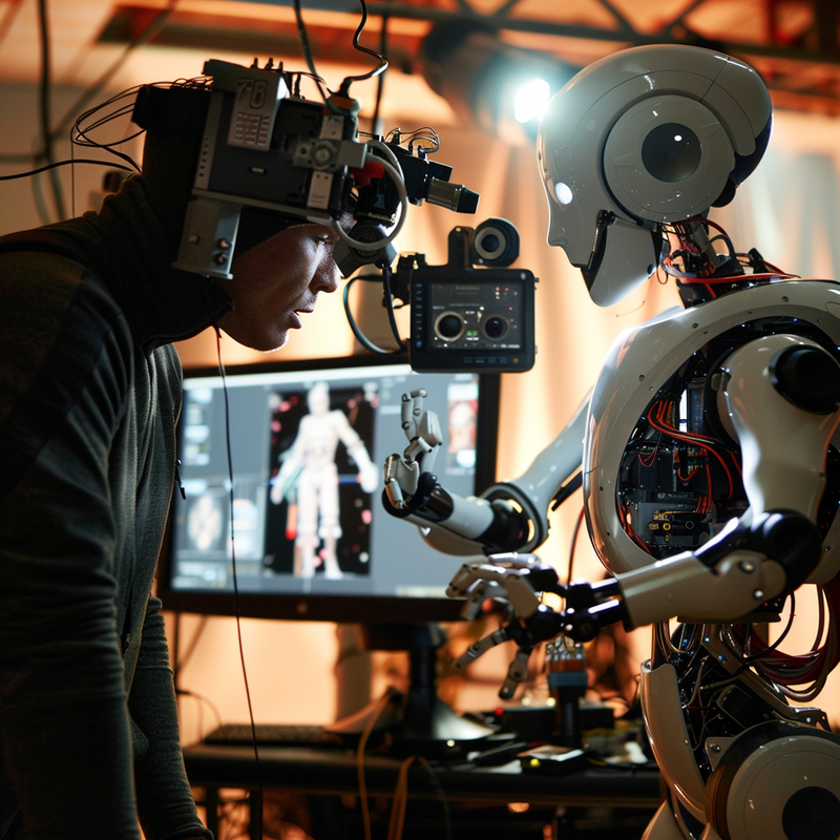
The Future of Video Production: A Human-AI Collaboration
The future of video production likely lies in a collaborative space where humans and AI work together. AI can act as a powerful tool, streamlining workflows, enhancing creative possibilities, and opening doors to new storytelling techniques. However, the human element – the artistic vision, storytelling expertise, and ethical considerations – will remain at the core of video production, ensuring that compelling stories continue to be crafted and shared for generations to come.
By understanding the potential and limitations of AI, filmmakers can embrace this exciting evolution, adapt their skills, and collaborate with these tools to push the boundaries of creativity and storytelling in the ever-evolving world of video production.
Leave a Reply